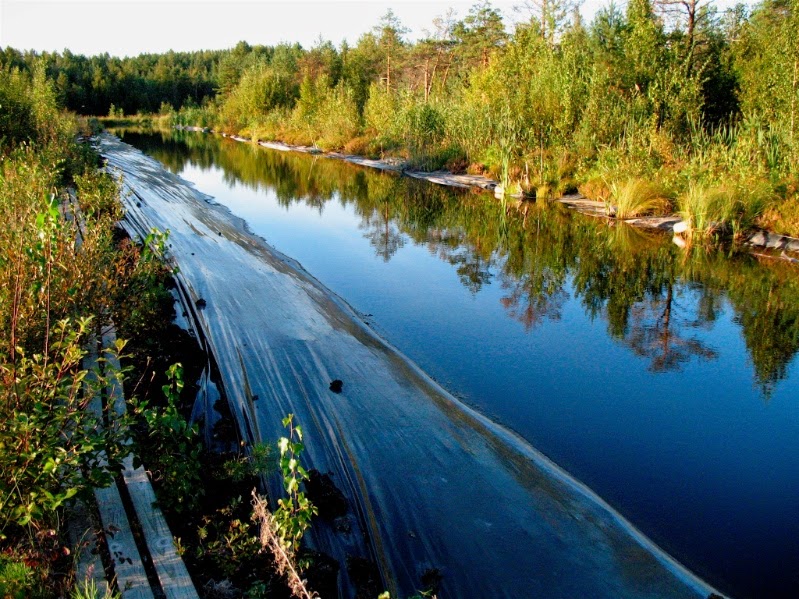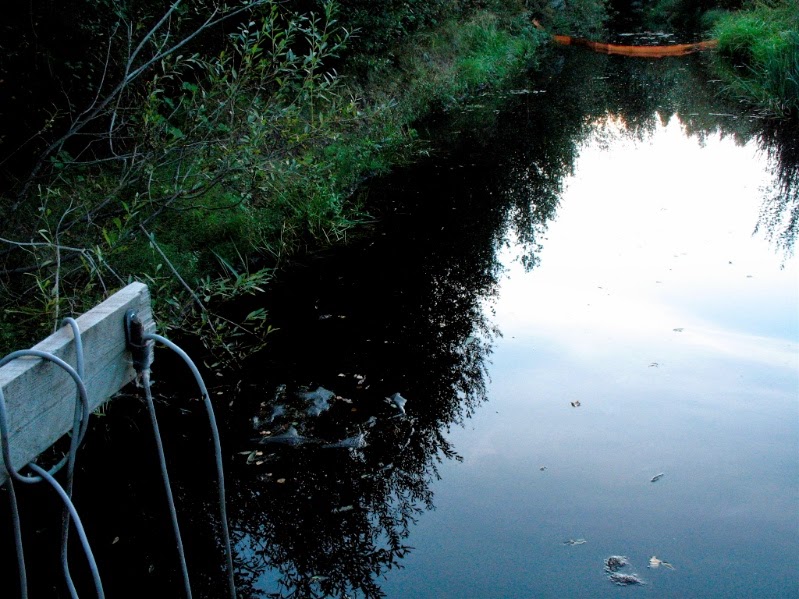Tänään piti kertomani joko kurpitsasta tai yhdestä erikoisen hyvästä kirjasta.
Mutta koska vuosia valmisteltua soidensuojeluohjelmaa alettiin hämmentää, pakkohan
minun on sanoa sananen ja näyttää kuvanen suo-elämästä. Maa- ja metsätaloudesta elantonsa
saaneen suvun vesana minulla on ehkä jonkin verran velkaakin suomalaiselle luonnonsuojelulle.
*
Today I had other topics on mind, but then a confusion about the process of almost-ready mire protection programme appeared in the public debate: how the mires were conserved most "successfully", as fragments or as an ecosystem whole, from the interest of economy or ecology.
(It was also about the upcoming election and votes of land-owners.)
Clear thing is, that the mire protection must be improved quickly.
Forest and mire management has always been part of my family's core business,
therefore, I think I may understand more than one viewpoint to the sustainability issue.
Still, human employment and business is truly not a justification to any business when it comes
to the ecosystem. Or is it?
*
Tällaisia metsä-rämesuo-lampi-yhdistelmiä tapaa vaikkapa Savitaipaleella vanhan peruskouluni suunnistusmaastoissa, kyse saattaa olla myös osin epäonnistuneesta ojitus-kuivaus-yrityksestä:
metsä ei kasva kunnolla.
Turvetuotantoon otettu Kiihansuo on tavallaan toinen "kotisuoni", koska sen
vaikutus lapsuudenympäristööni on ollut huomattava. Moni lähiasukas muistelee niitä
menneitä aikoja, jolloin suo oli vielä suo ja sieltä poimittiin lakkoja.
This is a peat production area, a former mire, in South Karelia, near to my
childhood home. Many people remember when it still was full of berries and birds.
Näiden alueiden pitäisi kerätä ja suodattaa turvekentältä valuva humus, ja estää sitä kulkeutumasta vesistöön, siis Saimaaseen. Ympärivuotinen imeytys ei ole kuitenkaan toiminut, jätevedet ovat
valuneet suoraan vesistöön, kärsijöitä ovat Pien-Saimaan ekosysteemi ja rantojen asukkaat.
Imeytyskenttien lammet, muovit ja laitteet ovat olleet pahasti limottuneita ja jopa tukkeutuneita.
This is an example of the dark side of peat production filtration: when it is unsuccessful, badly planned and managed and therefore spoiling the nearby lake ecosystem with humus.
Tavallinen ilmakuva suomalaisesta suosta: viivottimella ojitettu.
Kun tutkii maastokarttoja tai ilmakuvia, tajuaa ympäristömuutoksen massiivisuuden.
Suota on vihattu tuottamattomana, vetisenä hallan houkuttelijana.
Toisaalta kansanperinteessä suot voivat olla paitsi vaarallisia, myös pyhiä ja
myyttisiä voiman paikkoja.
Finland from the air: ditched mires. Traditionally, mires have been hated since they are
non-productive, wet lands with the danger of frost. But in the Finnish folklore mires have also
great mythical power.
Lopuksi, suojeltu suo Torronsuon kansallispuistossa Hämeessä.
Finally, a mire in protection: Torronsuo National Park. I highly recommend to explore
protected and unprotected natural mires and wetlands!
Syksy suolla on ihan parasta.








Spectacular photos, Kaisa!
VastaaPoistaThank you, Polly!
PoistaPhoto from the air is not taken by me (but a satellite) :), I have stolen it from somewhere long ago, I guess...
Poista